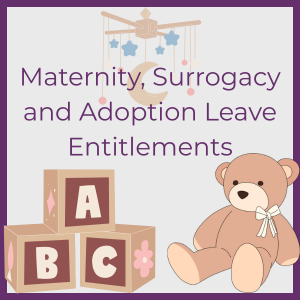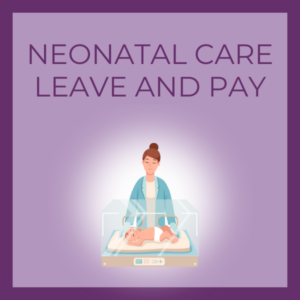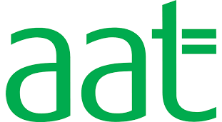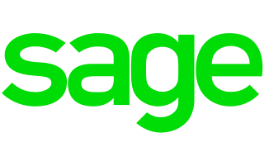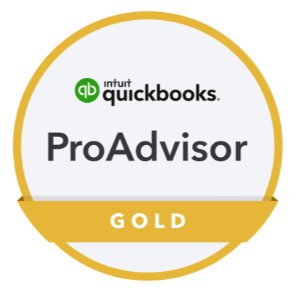The world has changed considerably over the past few months for everyone and, despite the easing of lockdown bringing some green shoots of optimism for businesses, many companies still have concerns about their operations, employees and cash flow.
Knowing where to turn when things get tough isn’t always obvious. However, when it comes to your bookkeeping concerns, we are here to help—no matter what your question might be.
In this blog we have put together your frequently asked questions about the government’s different business support schemes, and provided answers for some of the most pressing issues your company might currently be facing for its bookkeeping practices and payroll.
The Coronavirus Job Retention Scheme

How does the Coronavirus Job Retention Scheme work?
In our recent blog, Managing your payroll during uncertain times, we discussed how the government’s furlough support scheme worked, who could qualify and when it would end. However, since 1 July businesses have had the flexibility to bring furloughed employees back to work on a part time basis.
What is flexible furlough?
The flexible furlough scheme gives firms the flexibility to decide the hours and shift patterns of their employees, with the government continuing to pay 80% of salaries for the hours they do not work. Companies will be responsible for paying the wages of employees for the hours they do work. It is hoped that this approach will help protect businesses and jobs and help companies to make plans for the months ahead.
When will furlough payments change?
Currently the government will pay 80% of wages up to a cap of £2,500 for the hours an employee is on furlough. This includes employer National Insurance Contributions (ER NICs) and pension contributions.
However, from August, the government will start reducing the level of grant available for furloughed employees. While it will still pay 80% of wages (capped at £2,500) for the hours employees are on furlough in August, companies will need to pay ER NICs and pension contributions.
From September, the government’s grant will reduce to 70% of wages up to a cap of £2,187.50 for the hours an employee is on furlough. Employers will need to pay the ER NICs and pension contributions as well as topping up an employee’s wages to ensure they receive 80% (capped at £2,187.50) of their wages for the time they are furloughed.
From October, the government will pay 60% up to a cap of £1,875 for the hours an employee is furloughed. Employers will pay ER NICs, pension contributions and top up wages to 80% (capped at £2,500) for the time employees are furloughed.
Can I pay more to my furloughed staff?
Yes, if you would like to top up your employees’ wages to 100% you can do this.
You can find further information, along with a table of how furlough payments will be broken down between June and October, on the government’s website.
HMRC’s COVID-19 VAT Deferral Scheme
In our blog How to successfully manage VAT payments, we discussed the government’s introduction of a scheme to help companies manage their cash flow during the pandemic, by allowing them to defer VAT payments until a later date.
Can I still apply to defer my VAT payments?
No. The scheme ended on 30 June 2020 and VAT payments can no longer be deferred in 2020.
When do I need to pay my deferred VAT payments?
Any VAT payments that have been deferred between 20 March and 30 June should be paid in full on or before 31 March 2021.
Coronavirus Business Interruption Loan Scheme
This scheme helps small and medium-sized businesses affected by coronavirus to access finance of up to £5 million. The government guarantees 80% of the finance to the lender and pays interest and any fees for the first 12 months. This scheme is still open to new applications.
Is my business eligible for the Coronavirus Business Interruption Loan Scheme?
Your business is eligible to apply if it is based in the UK and has an annual turnover of up to £45 million. You will need to prove that your business would be viable were it not for the pandemic and that it has been adversely impacted by the coronavirus. If you want to borrow more that £30,000 you will also need to confirm that your business wasn’t classed as a ‘business in difficulty’ on 31 December 2019.
Businesses from any sector can apply, except:
- Banks, insurers and reinsurers (but not insurance brokers)
- Public-sector bodies
- State-funded primary and secondary schools
Further information about the scheme can be found here.
Self-Employment Income Support Scheme
If you are a self-employed individual, or a member of a partnership which has been adversely affected by coronavirus, then you can apply for a grant from the government. This scheme is still open to applications until Monday 13 July 2020. You must make your claim before this date in order to receive your grant.
If you have applied for the first grant, you can apply for a second and final grant from 17 August 2020.
In our blog Self-employed and affected by coronavirus? we discussed the scheme, how it works and who is eligible.
For more detailed information about the scheme, please visit the government’s dedicated website page here.
Here at AMR we are experts at helping businesses of all sizes with their bookkeeping and payroll requirements. If you have any questions about the contents of this blog or you need professional bookkeeping advice, our friendly team will be happy to assist you. Get in touch and find out how we can help you and your business.


